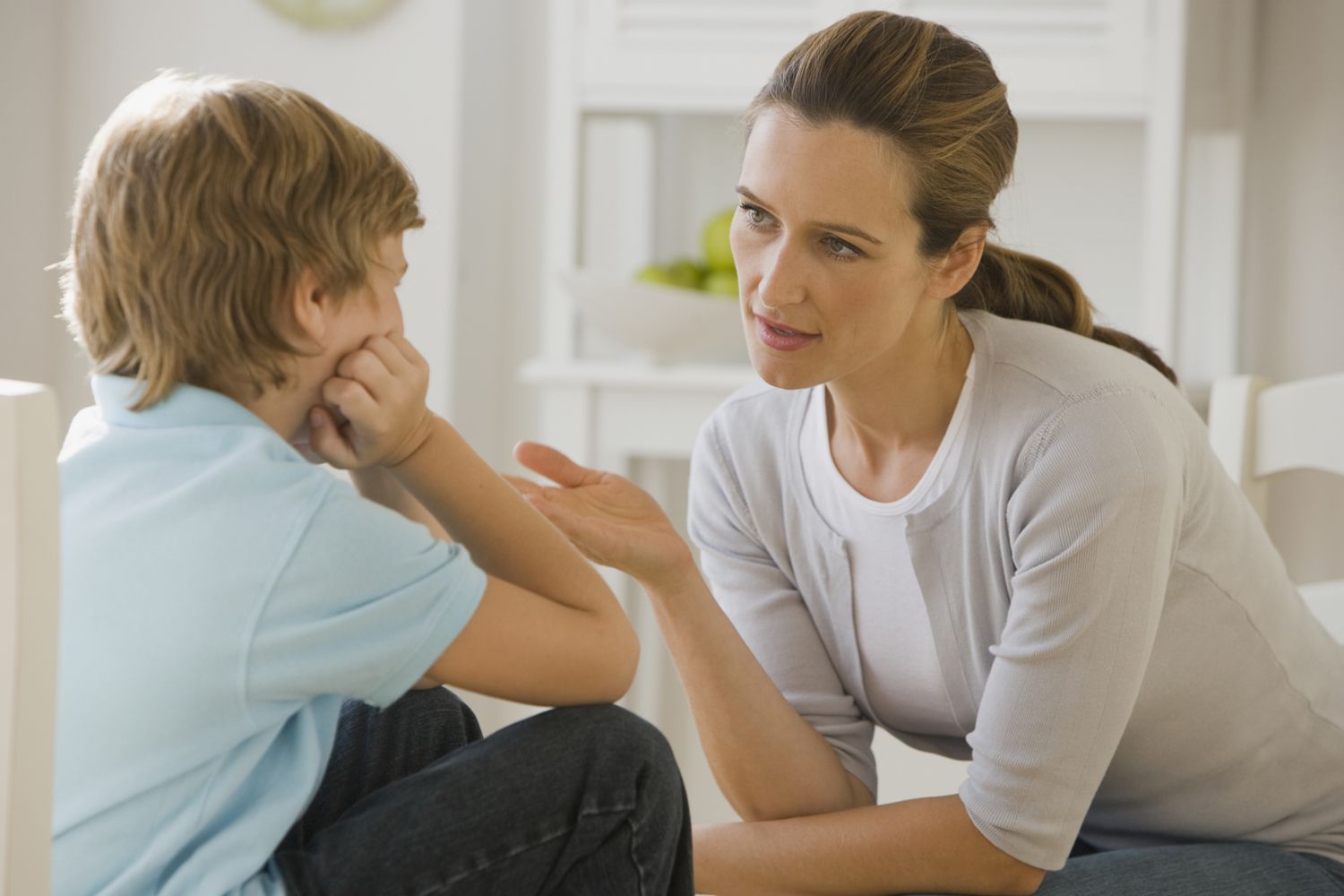By: Jim Anderson, MS, LP
This morning, I was having a very hard time processing the awful news of last night’s shooting in Las Vegas, and I just needed to take some time to myself so I could gather the facts, reflect, and grieve. As an adult, I have the fortune of being able to process tough times and scary news stories. But how do we help our children with this? What can we do to help them make sense of the world when senseless things happen?
When talking with children about traumatic events, we need to consider several things, including:
- what kind of media coverage they can handle,
- thinking styles,
- communication styles,
- signs of stress,
- and developmentally-appropriate comfort strategies.
These guidelines are written for parents of children of all ages, assuring that children are given positive and supportive messages, sheltered from media which may overwhelm them, and given the opportunity to process traumatic events.
Very young children, up to about the age of five, tend to think in the here-and-now and to be very concrete. They tend perceive scary news as an immediate threat to themselves, and for that reason they should be sheltered from any exposure to media coverage. They may be aware of a parent’s anxiety and sense that something is wrong, and they may need more affection and comfort. Signs of stress include separation anxiety (which is not uncommon at this age) and disrupted sleep. Older preschoolers may act out their concerns through play. Comfort strategies include offering lots of affection, as well as opportunities for play.
From the ages of six to eight years old, children are beginning to think more logically and don’t perceive an immediate threat to themselves the way younger children do. Print media may be okay at this age with adult supervision, but avoid any television or online video coverage. They are probably ready for an open-ended question such as, “What have you heard about the shooting in Las Vegas?”, which opens the door for them to express concerns. Start discussions from the child’s perspective. Kids at this age typically act out their concerns through play and art, and you can ask about their art and what it means to them, or join their play in a constructive manner (e.g. playing a rescuer or helper role). The biggest sign of stress to watch for is a regression in developmental behavior, such as bedwetting, temper tantrums, or other behaviors they should have grown out of at this point.
From around age nine to eleven years old, kids are ready for more of the open-ended questions, and you might ask them if they’re discussed the news at school, church or elsewhere, but it probably doesn’t merit a long discussion at this age unless the child initiates it. Print media, including pictures, should be okay at this age but kids should only watch television or online news with adult supervision. In regards to signs of stress, they may talk about their fears, or it may come up in other ways such as sleep problems, difficulty concentrating, or restlessness. One comfort strategy is to talk about future family plans, so they have something positive to look forward to.
Parents of adolescents in their early teen years should follow essentially the same guidelines as those for slightly younger kids; you can initiate and guide a discussion with open-ended questions, print media is okay but video news should be seen with adult supervision, and signs of stress include sleep problems, nightmares, difficulty with concentration, irritability, or restlessness. The difference is that young teenagers are beginning to think abstractly and may wonder what they can do, so some comfort strategies include not only reading books about peace, but they can write poems about it, or they can write letters to their representatives supporting their beliefs about gun control, mental health support, and security.
By the age of fifteen, teenagers are much more prepared to talk about their thoughts, feelings and insights, and at this age they are usually ready for exposure to any media coverage. Again, a parent may need to initiate and guide a conversation. The signs of stress such as sleep disruption, mood swings and attention problems continue, but they also may become more withdrawn. They may also be more prepared for taking action, such as writing to their representatives to share their beliefs and creative solutions.
In closing, three things are important in helping children talk about traumatic events.
1) Be aware of where they are at developmentally and follow the guidelines above.
2) Follow the child’s lead by listening to their comments or watching their play, and provide comfort from there.
3) Be a source of stability by maintaining routines and providing comfort and reassurance.
The following signs of stress can indicate that a child may benefit from professional support:
- Disrupted sleep habits (all ages)
- Separation anxiety (preschool)
- Bedwetting, temper tantrums, or other immature behaviors (six to eight)
- nightmares, (nine to eighteen)
- difficulty with concentration, (nine to eighteen)
- irritability, (nine to eighteen)
- restlessness, (nine to eighteen)
- withdrawn behavior, (older teens)
Jim Anderson
Licensed Psychologist
Cashman Center
Jim Anderson is a child psychologist who has been with Cashman Center for just over a year now, bringing with him twenty-five years of experience in working with preschoolers, school-age children and teens. Jim is the author of Talking Tools, a best-selling collection of ten counseling games, as well as Through the Storm, a board game for talking to kids about terrorism and other traumatic events, featured on WCCO News, and in the Star Tribune.






